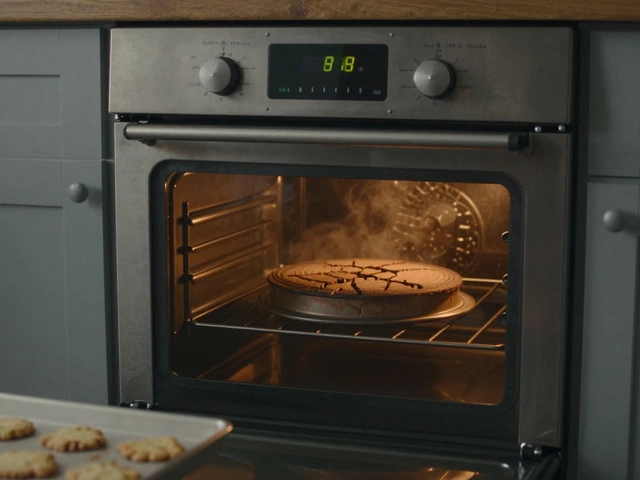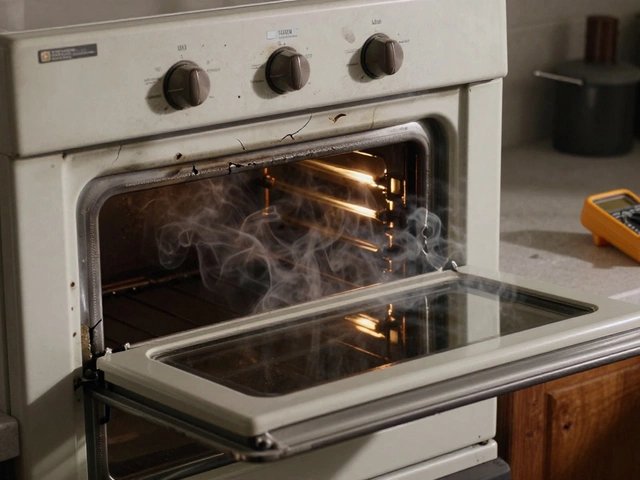Extractor Fan Installer – Simple Guide to Install and Fix Your Fan Fast
Got a kitchen that smells like fried onion or a bathroom that feels steamy? A good extractor fan clears the air, but only if it’s installed right. Whether you’re planning a DIY install or just want to know when to call an expert, this guide gives you the basics you need.
When to Call a Pro Installer
Some situations are safer left to a qualified extractor fan installer. If your fan needs hard‑wired electricity, you’ll have to work inside the wall or ceiling cavity – that’s a job for a certified electrician. Also, newer homes often have ventilation requirements in the building code; a pro will make sure you meet them and avoid future inspections.
Another red flag is a fan that requires ductwork changes. Running new ducts through joists or roof spaces can be messy, and a mistake might cause leaks or reduced airflow. A professional will size the duct correctly and seal joints so the fan works at full efficiency.
DIY Steps to Install an Extractor Fan
If the job is simple – swapping an old fan for a new one, or installing a plug‑in model – you can handle it yourself. Here’s a quick checklist:
1. Gather tools. You’ll need a screwdriver, drill, level, measuring tape, and a simple voltage tester. A dust mask is handy when you cut into plaster.
2. Pick the right spot. The fan should be centered over the cooking area or bathroom source. Measure the distance from the wall to ensure the duct reaches an exterior vent without sharp bends.
3. Turn off power. Even plug‑in fans draw a bit of electricity. Switch off the circuit at the breaker to avoid shocks.
4. Cut the opening. Mark the outline of the fan housing on the ceiling or wall, then use a keyhole saw to cut it out. Keep the cut neat – a smooth edge makes sealing easier.
5. Fit the fan. Place the fan into the hole, secure it with the supplied brackets, and check it’s level. Loose mounting leads to rattling later.
6. Connect the wiring. For wired fans, match the live (brown or red), neutral (blue or black), and earth (green/yellow) wires. Tighten the terminals, and double‑check with the voltage tester.
7. Attach the duct. Connect the duct to the fan’s outlet, clamp it, and run it to the outside vent. Seal any gaps with foil tape – not duct tape, which peels off.
8. Test the fan. Turn the power back on and switch the fan on. You should feel steady airflow at the vent. If it’s noisy or weak, check for blockages or loose screws.
Once everything works, plaster or cover around the fan for a neat finish. A fresh paint coat can blend the new fixture with the rest of the room.
Remember, safety first. If at any point you’re unsure about wiring or cutting into structural parts, pause and call a licensed extractor fan installer. A professional can finish the job quickly and give you peace of mind that the fan will run safely for years.
With the right fan and correct installation, you’ll notice a cooler kitchen, a drier bathroom, and lower humidity bills. Whether you DIY or hire a pro, the right steps make all the difference.
26 July 2025
·
0 Comments
Looking to install an extractor fan? Find out who installs extractor fans, tips to pick a pro, and what you need to know before booking. Make your home safer and fresher.
Read more






